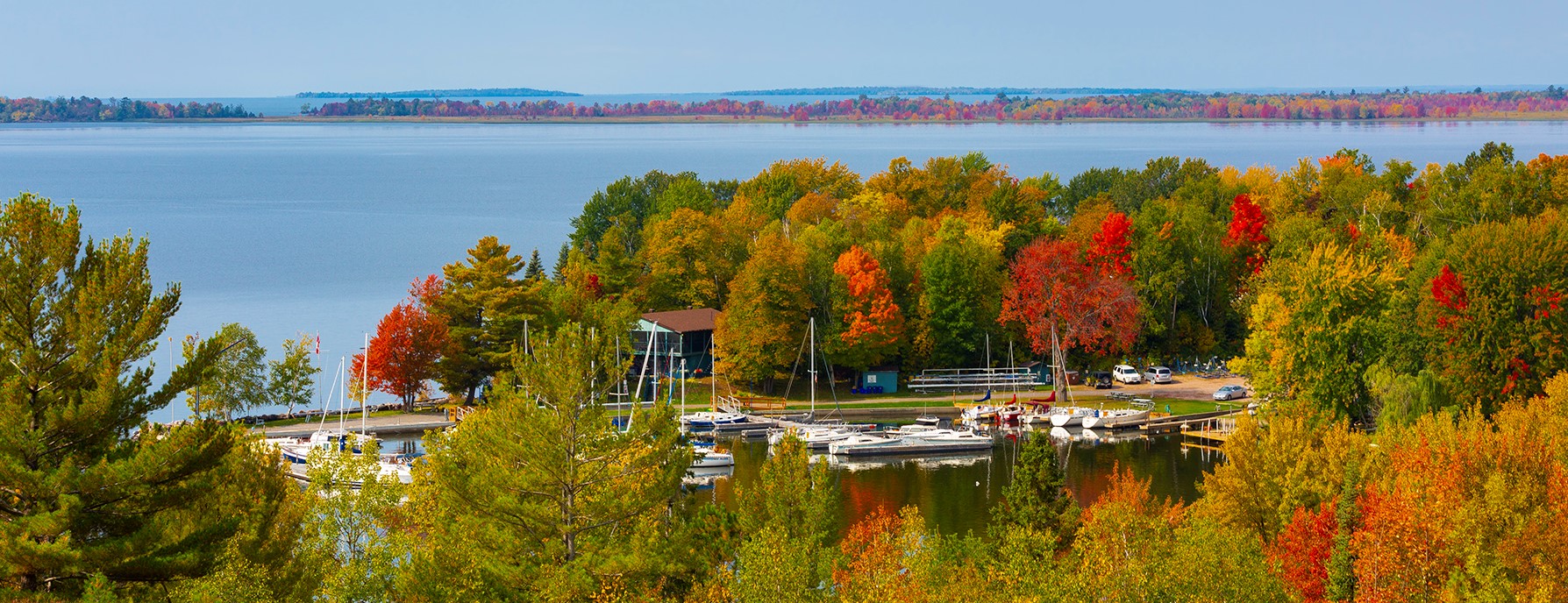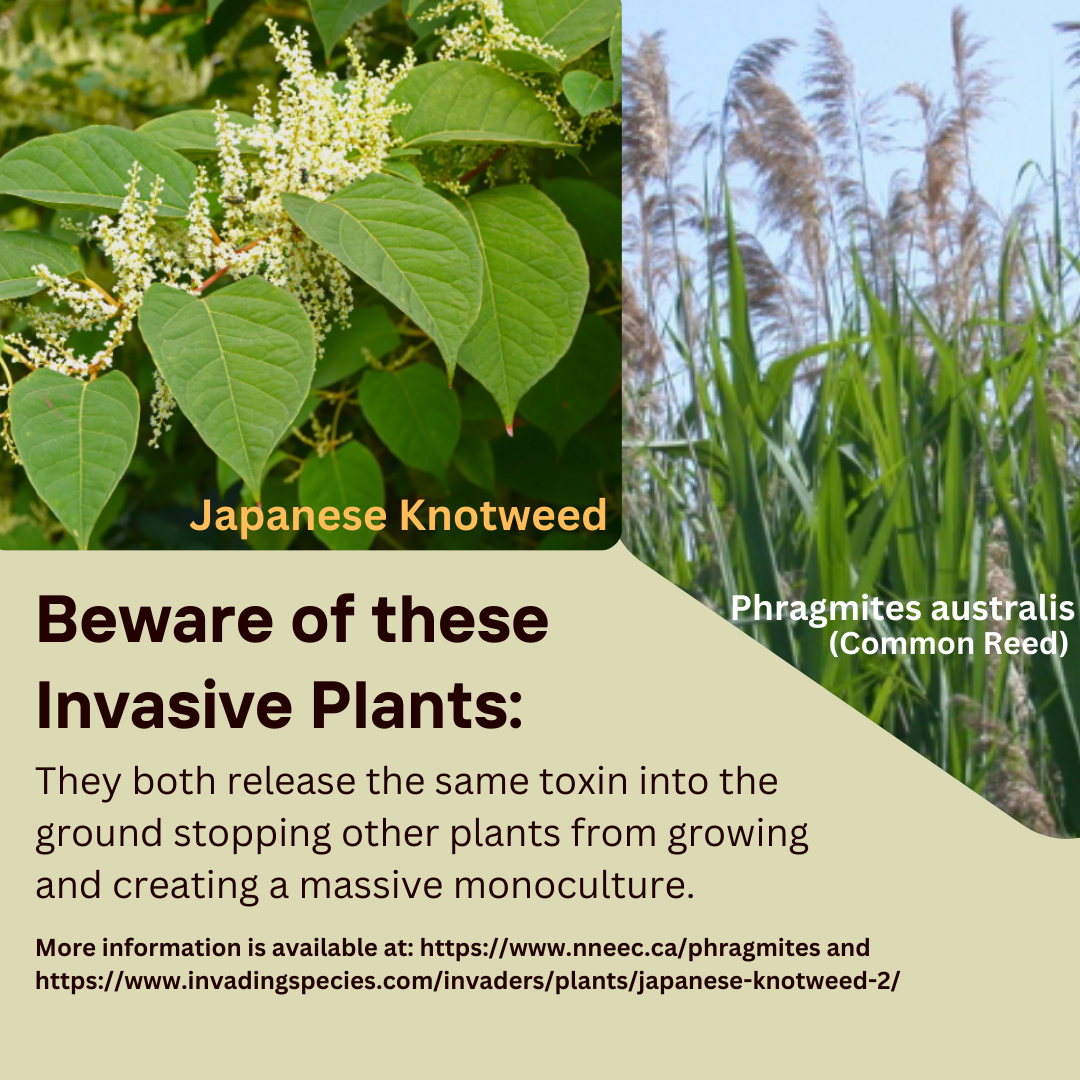
Callander’s close proximity to water, rural land and a variety of natural environments, make environmental protection and stewardship especially important.
The Municipality of Callander encourages a culture of environmental sustainability. Environmental aspects that are taken into consideration include:
May 9th 2025 - Watershed Conditions Statement - Flood Outlook North Bay District
July 4th 2025 - Flood Watch Update - Ministry of Natural Resources
July 4th 2025 - Flood Watch Update - North Bay / Mattawa Conservation Authority

Invasive Phragmites (Phragmites australis) has been a huge issue in the Lake Bernard area, and it is all over the place (on the side of the highway from Huntsville all the way to North Bay) and it spreads fast. As the plant releases a toxin into the ground stopping other plants from growing and creating a massive monoculture. It can cover sightlines for roadways and destroys native aquatic habitats that support our fish, turtles, amphibians and more.
Next, for Japanese Knotweed, it also releases the same toxin as invasive Phragmites, making it so basically only Japanese Knotweed grows in that soil until thoroughly removed. Another huge issue for Japanese Knotweed is that it can grow through concrete foundations and roadways causing massive structural damage.
For more information on Japanese Knotweed:
https://www.invadingspecies.com/invaders/plants/japanese-knotweed-2/
For more information on Phragmites: